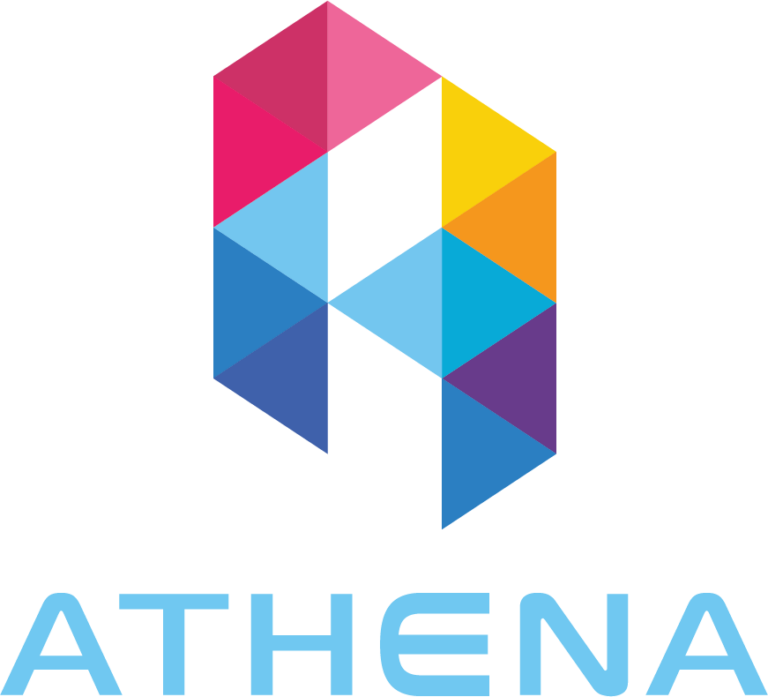Automating Newsletters with AI: Delivering Personalized Content at Scale
In the fast-paced digital era, engaging your audience with relevant, timely, and personalized content is crucial. Newsletters remain a powerful tool for building relationships, but manual content curation and distribution can be time-intensive. Artificial Intelligence (AI) has revolutionized this process, enabling businesses to deliver tailored newsletters efficiently and at scale. This article explores how AI-driven automation enhances newsletter effectiveness, discussing key technologies, benefits, and strategies for successful implementation.
The Role of AI in Newsletter Automation
1. Content Curation
AI uses Natural Language Processing (NLP) to analyze large datasets and identify trending topics. By understanding user preferences, it can recommend articles, news, and insights that resonate with individual recipients.
2. Personalization at Scale
Traditional personalization is limited by manual effort. AI leverages behavioral data, purchase history, and interaction patterns to craft hyper-relevant content for each subscriber. For instance:
- A trading platform could send market updates tailored to specific asset interests.
- E-commerce newsletters might feature products aligned with browsing history.
3. Dynamic Scheduling
AI algorithms analyze open rates and engagement metrics to determine the best time to send newsletters. This ensures maximum visibility and higher interaction rates.
4. A/B Testing and Optimization
AI-driven tools can run simultaneous A/B tests to evaluate subject lines, layouts, and calls-to-action. Based on performance data, they optimize campaigns in real-time.
Benefits of AI-Driven Newsletter Automation
1. Increased Engagement
AI personalization improves click-through rates (CTR) and reader retention by delivering content that matches individual interests.
2. Operational Efficiency
Automation reduces manual workload, enabling teams to focus on strategy rather than repetitive tasks. AI tools handle content curation, segmentation, and delivery seamlessly.
3. Scalability
AI makes it possible to manage large subscriber lists without sacrificing personalization, a critical advantage for growing businesses.
4. Data-Driven Insights
AI analyzes user behavior to provide actionable insights, such as identifying segments with high engagement potential or understanding content preferences.
Key Technologies Behind AI Automation
1. Natural Language Processing (NLP)
NLP powers content recommendation engines by analyzing text for sentiment, relevance, and topic alignment.
2. Machine Learning (ML)
ML continuously learns from user interactions, refining its ability to predict preferences and automate decisions.
3. Predictive Analytics
This technology forecasts subscriber behavior, helping to optimize newsletter timing, content, and frequency.
4. AI-Powered CRM Systems
Platforms like Athena Technology’s Forex & Crypto CRM integrate newsletter automation with client management, ensuring seamless content delivery aligned with user data.
Implementing AI-Powered Newsletters
1. Define Your Goals
Identify what you want to achieve—higher open rates, better engagement, increased conversions—and align your AI strategy accordingly.
2. Choose the Right Tools
Select an AI-powered platform that integrates with your CRM or marketing systems. Consider tools with robust analytics and customization capabilities.
3. Segment Your Audience
Use AI to analyze your subscriber base and create segments based on demographics, behavior, and preferences.
4. Monitor and Iterate
Continuously track performance metrics like open rates, CTR, and unsubscribe rates. Use AI insights to refine your strategy.
Case Study: AI in Newsletter Success
A financial services company faced challenges with low engagement in its weekly newsletters. After integrating an AI-powered automation platform, the company:
- Achieved a 30% increase in open rates through better timing and personalization.
- Improved CTR by 25% using targeted content recommendations.
- Reduced manual workload, allowing the marketing team to focus on strategic initiatives.
Challenges and How to Overcome Them
1. Data Privacy and Compliance
Ensure your AI tools comply with regulations like GDPR. Implement strong data encryption and secure handling protocols.
2. Initial Setup Complexity
AI integration can be resource-intensive initially. Partnering with experienced providers simplifies the process.
3. Maintaining Authenticity
Avoid over-automation by adding human elements to your newsletters, such as editor’s notes or personalized greetings.


